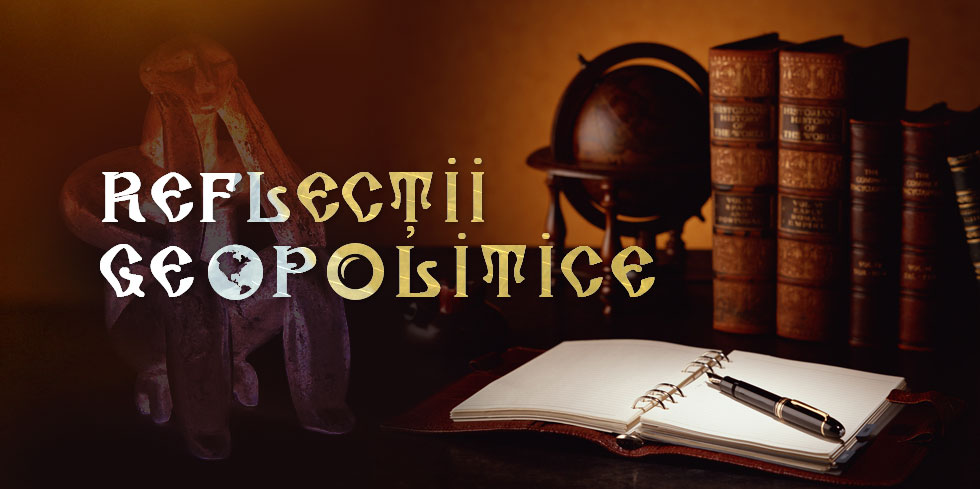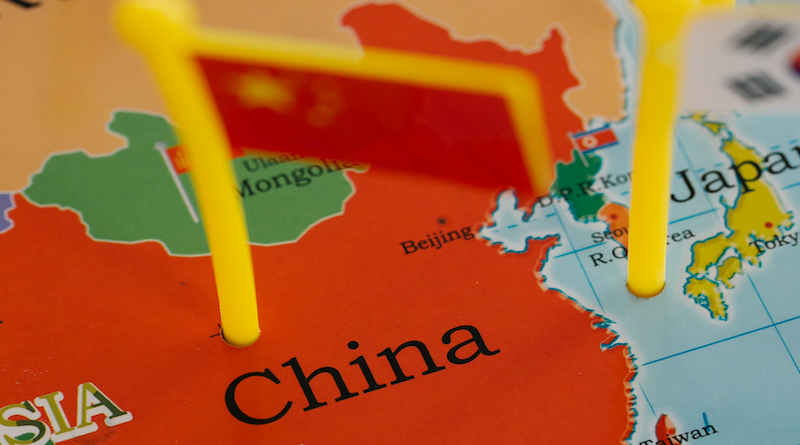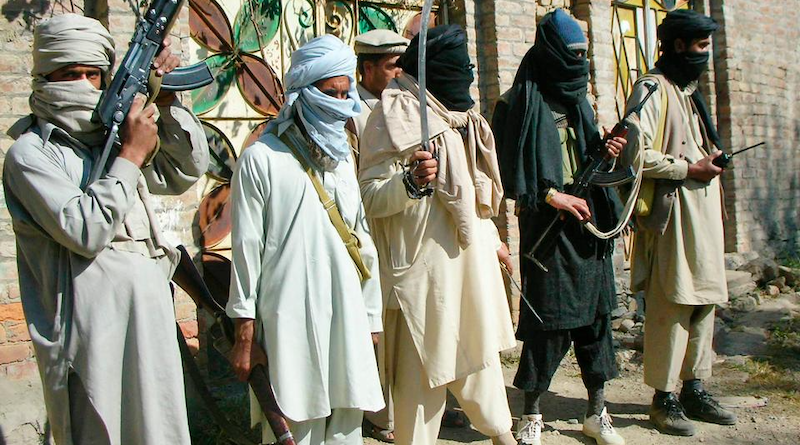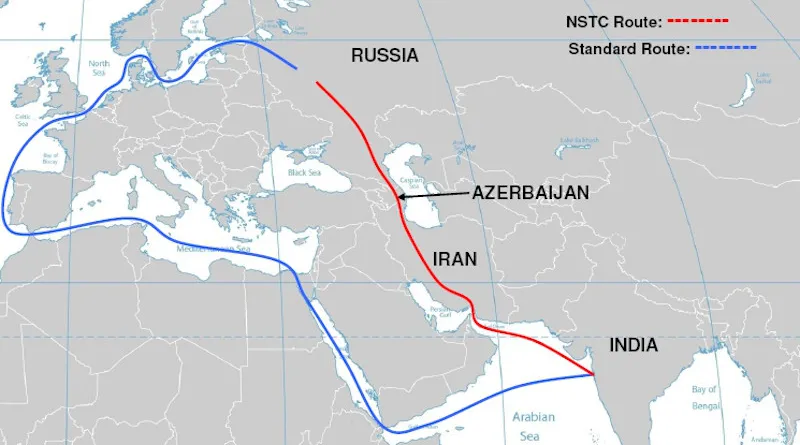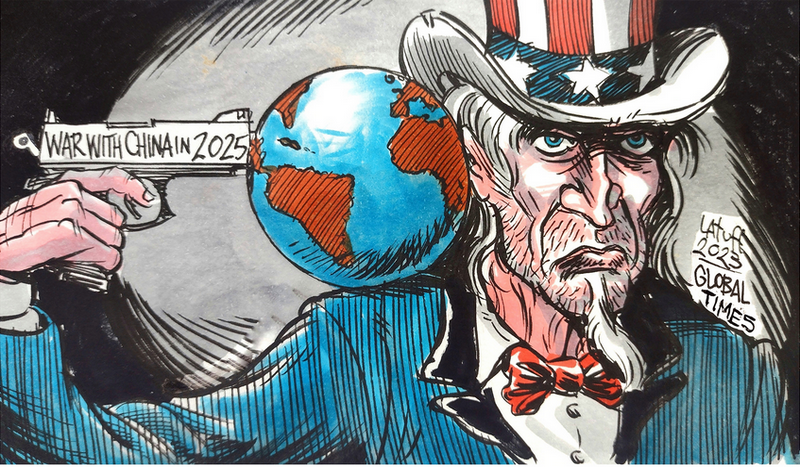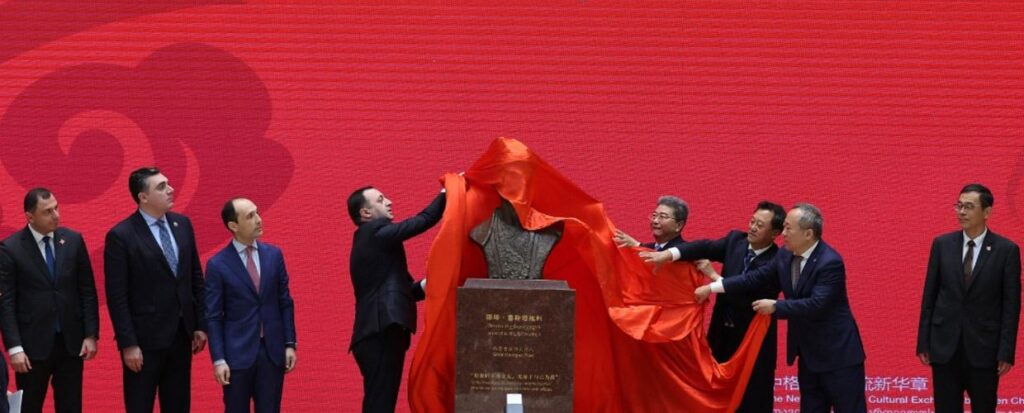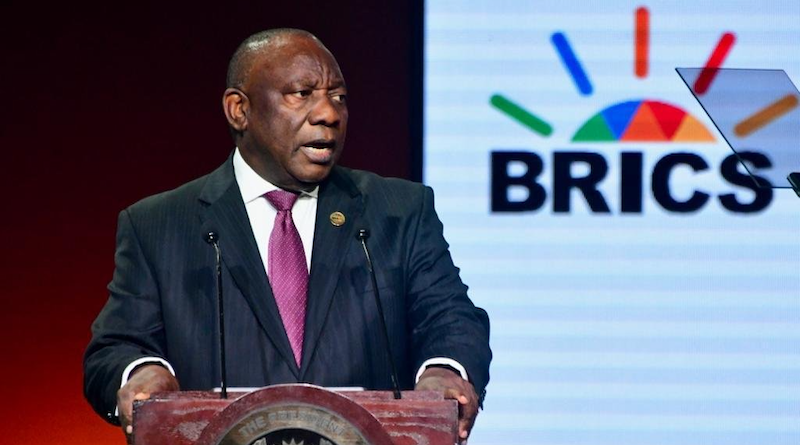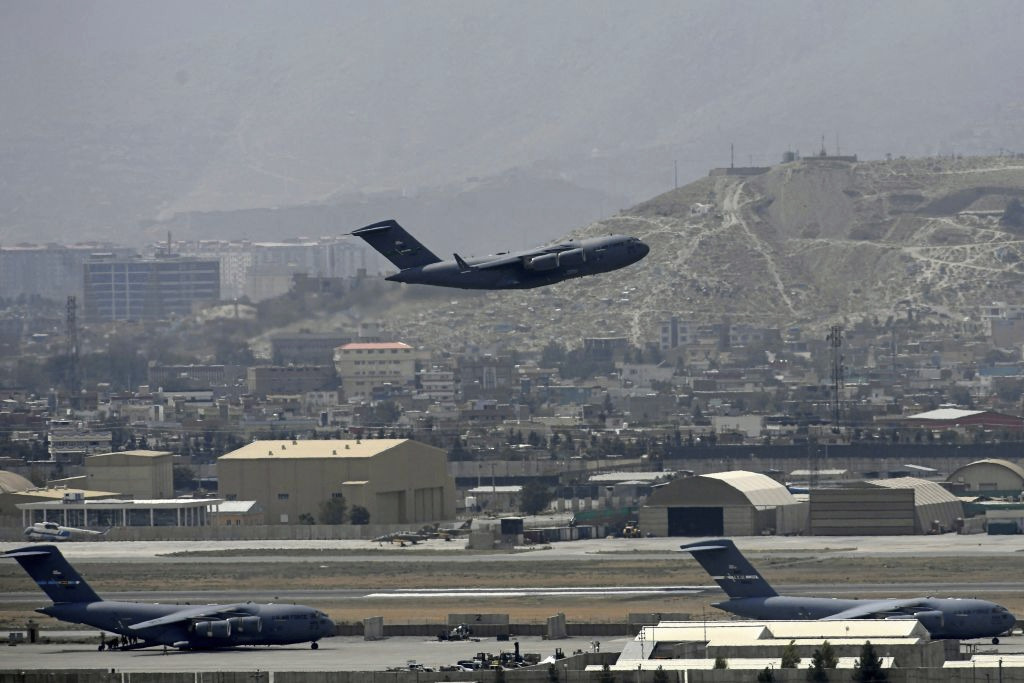How Countries Prepare for Population Growth and Decline

In early 2023, India surpassed China as the most populous country in the world with the latter having 850,000 fewer people by the end of 2022—marking the country’s first population decline since famine struck from 1959 to 1961. While this reduction may seem modest considering China’s 1.4 billion population currently, an ongoing decline is anticipated, with UN projections suggesting that China’s population could dwindle to below 800 million by 2100.
